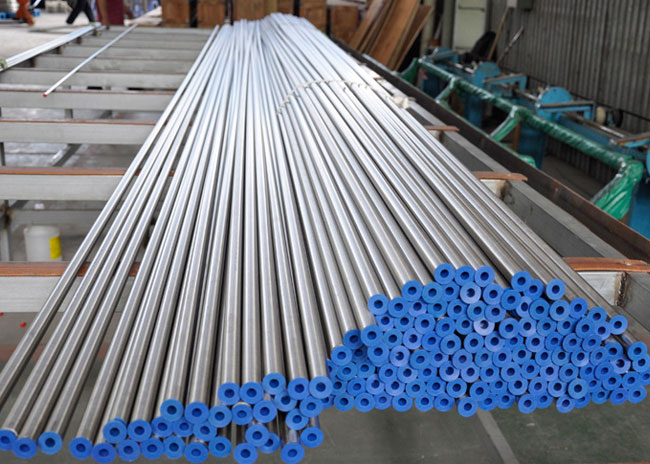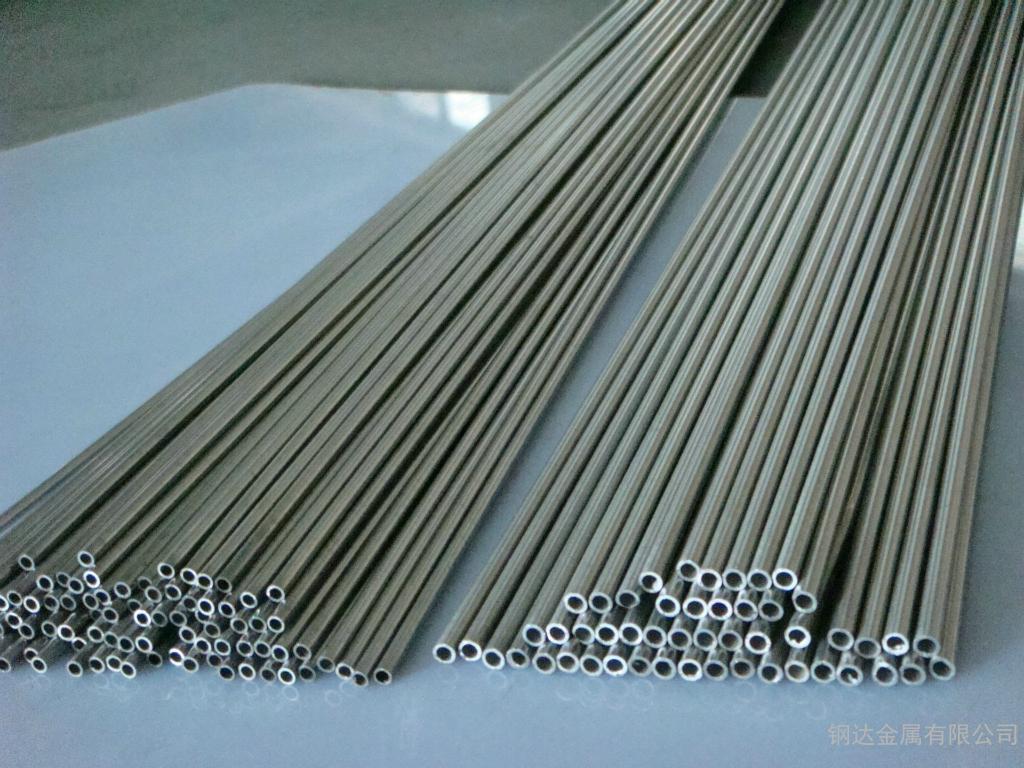Inconel 600 vs 601 vs 625: Nickel-based alloy pipe performance comparison and selection guide
Nickel-based alloys, especially Inconel-series alloys, are widely used in aerospace, chemical equipment, petrochemicals, and other fields due to their excellent high temperature resistance, corrosion resistance, and mechanical strength. With the increasing diversification of industrial needs, industrial users need to consider the cost-effectiveness of alloys in addition to their corrosion resistance and high temperature strength when selecting materials. Especially in the face of harsh environments, the accuracy of material selection directly affects the life and safety of equipment. Therefore, it is particularly important to compare and analyze the technical differences of different Inconel alloys to help users make more rational material selection decisions.
|
Grade |
Ni |
Cr |
Fe |
C |
Mn |
P |
S |
Si |
Cu |
Al |
Ti |
Mo |
Nb+Ta |
Co |
|
Inconel 600 |
≥72.00A |
14.00-17.00 |
6.00-10.00 |
≤0.15 |
≤1.00 |
- |
≤0.015 |
≤0.50 |
≤0.50 |
- |
- |
- |
- |
- |
|
Inconel 601 |
58.00-63.00 |
21.00-25.00 |
Rest |
≤0.10 |
≤1.00 |
- |
≤0.015 |
≤0.50 |
≤1.00 |
1.00-1.70 |
- |
- |
- |
- |
|
Inconel 625 |
≥58.00 |
20.00-23.00 |
≤5.00 |
≤0.10 |
≤0.50 |
≤0.015 |
≤0.015 |
≤0.50 |
- |
≤0.40 |
≤0.40 |
8.00-10.00 |
3.15-4.15 |
≤1.00 |
|
Grade |
Tensile Strength, MPa |
Yield Strength, MPa |
Elongation, % |
Hardness |
|
Inconel 600 |
550-650 |
205–240 |
30–40 |
195–220 HB |
|
Inconel 601 |
≥600 |
240–300 |
≥30 |
≤220 HB |
|
Inconel 625 |
830–900 |
410–450 |
40–50 |
- |
|
|
Inconel 600 |
Inconel 601 |
Inconel 625 |
|
Oxidation resistance |
Good high temperature oxidation resistance |
Good high temperature oxidation resistance, especially in environments with drastic temperature changes |
It can maintain its oxidation resistance for a long time in high temperature environments |
|
Acid resistance |
Good resistance to dilute sulfuric acid and concentrated sulfuric acid |
Good corrosion resistance to a variety of acidic media, suitable for acidic environments at high temperatures |
Especially good resistance to harsh chemicals such as sulfuric acid, hydrofluoric acid and phosphoric acid at high temperatures |
|
Chloride corrosion resistance |
Suitable for hydrochloric acid gas environments at medium temperatures |
In chloride-containing environments, Inconel 601 has better corrosion resistance than Inconel 600, but not as good as Inconel 625 |
Excellent pitting resistance in seawater chloride environments |
|
|
Inconel 600 |
Inconel 601 |
Inconel 625 |
|
Oxidation resistance |
Excellent |
Excellent |
Excellent |
|
Corrosion resistance |
Excellent |
Excellent |
Excellent |
|
Thermal expansion |
Moderate |
Normal |
Normal |
|
Thermal shock resistance |
Good |
Excellent |
Good |
|
High temperature strength |
Good |
Good |
Excellent |
|
|
Inconel 600 |
Inconel 601 |
Inconel 625 |
|
Difficulty of cold working |
Good |
Moderate |
Normal |
|
Difficulty of welding |
Good |
Moderate |
Normal |
|
|
Inconel 600 |
Inconel 601 |
Inconel 625 |
|
Temperature |
Room temperature and temperatures below 600°C |
Wide temperature range, -253°C to 1300°C |
Stable performance from 600°C to 980°C |
|
Pressure |
Suitable for medium pressure environments |
Suitable for medium pressure environments |
Suitable for high pressure environments |
|
Budget |
Low |
Moderate |
High |

Inconel 600 Alloy Tube
请输入搜索关键字
确定






